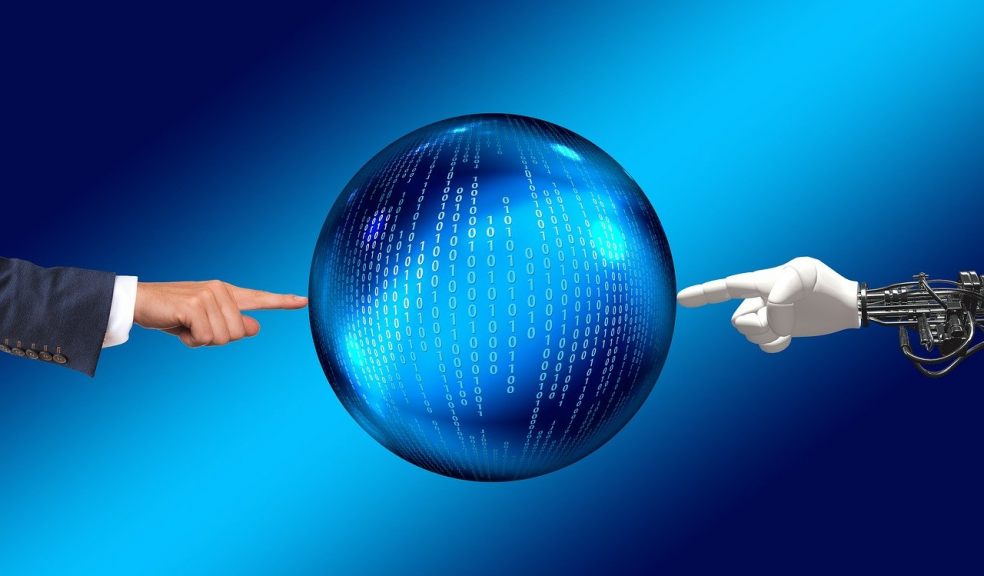
Human Machine Interface (HMI): Here's How It Bridges The IT/OT Divide
A traditional human-machine interface (HMI) is the key automation component that handles and manages all core machine features, such as visualization, supervision, control, tracking, diagnostics, monitoring and data logging.
Current HMI Trend
When we talk about the IIoT, we're talking about the integration of technologies from the information domain and the operational domain. Because of this convergence, we can gain a deeper understanding of it by applying pre-established IT models to the data generated by a device, system, or asset.
Eventually, these complex technologies enable a machine operator (or line manager, plant supervisor, etc.) to make the best choices possible in their maintenance/optimization activities. This means as we invest in and integrate the cutting-edge technology, we could also provide consumers with a single, easy way to imagine the real-time status of what is going on and what is required to be achieved.
As a result, when evaluating an automation approach to unleash the capacity of the IIoT, we must directly address IT/OT architectures. People are operating at the convergence of IT and OT, so their ability to make decisions that lead to the most successful acts should be necessarily considered.
As a result, in the modern digital age, when contemplating a smart computer or an IIoT solution, we should understand not just the IT/OT convergence but also the IT/OT/human convergence: How do we position organizational personnel at the forefront of the digital transition and get the most out of their jobs using emerging digital technologies? This concern should not be limited to the Production department, but should also include Marketing, Technical, Human Resources, and so on, as they would be affected by empowering their teams.
Thoughts on the Scope Of HMI
We should focus on field operators or line managers who are constantly supervising, managing, or operating equipment and assembly lines. They provide an interface to certain machines and production lines that will enable them to access the clear and obvious metrics that they require collectively. These indicators are produced by combining real-time OT data with IT apps, analytics, or models.
Furthermore, operators and administrative personnel are becoming younger, changing roles or responsibilities more often than in the past. They are often inexperienced, and as a result, they demand more standardized intelligence from the human interface of the device they are developing. They must be linked to a single version of reality, where nuanced facts can be transformed into contextualized knowledge for different users – at any time and from any place.
HMI Installation
The following are the requirements for an HMI installation:
- Simple Visibility
The information shown on the HMI interface should be designed to be extremely straightforward and intuitive. To better contextualize details, the HMI should provide edge computing services (real-time, critical computing that is complementary to the cloud computing capability of the IoT solution).
- High Flexibility
The HMI system can function as a highly connectable automation feature, connecting not only numerous field buses and sensors but also IT networks and services. It should also be adaptable and modular so that it can be used as an open door into some kind of IIoT architecture. It must also display information in a variety of formats and enable collaboration among different stakeholders.
- Strong Reliability
IT/OT/Human convergence must have peace of mind on the site or in the computer. It must be powerful, stable, and widely supported. However, it must also show the seamless capacity to transfer from one technological generation to another while exploiting innovation: humans need cutting-edge visualization tools while being compatible with the old robotics or mechanical technologies they are using.
Conclusion
It is an IIoT solution that gives human operators more control. It is important to bind them everywhere in the smart computer or production line, simplifying their decision-making process, improving their maintenance skills, increasing teamwork, etc., in their workplace.
All of this necessitates using an HMI device capable of reconciling real-time OT and IT data and generating quick status alerts and orders for every kind of operator. This is the most effective method for bringing the individual, IT, and OT dimensions together and using its potential to the fullest. To work out other innovative methods, you can discuss with the professionals and find tailored solutions for your organization.

















